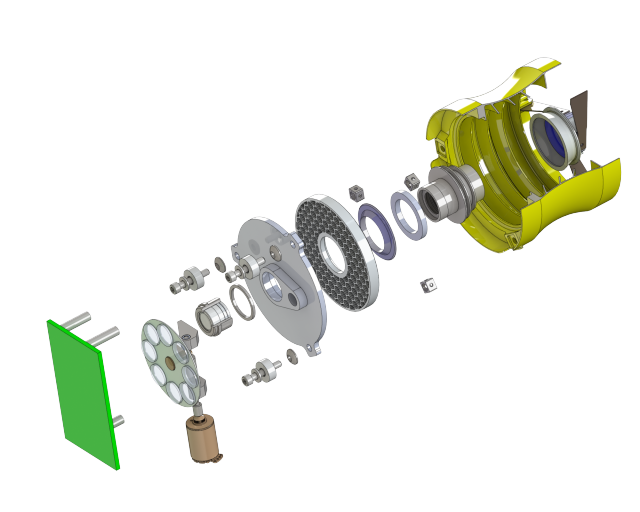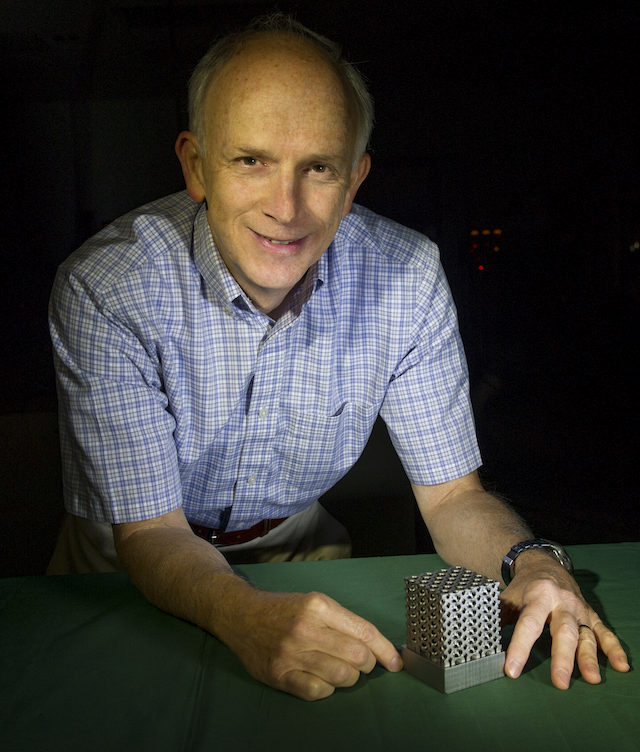NASA Working On 3D-Printed Optics Technology, Could Eventually Make Its Way to Consumers

By the end of September, NASA engineer Jason Budinoff is hoping to finish the first imaging telescopes to be created almost completely out of 3D-printed aluminum.
Funded by Goddard’s Internal Research and Development (IRAD) program, this endeavor by Budinoff and his team to eventually leave them with a fully-functioning 50mm camera whose entire outer structure is built as a single structural component, thanks to 3D-printing technology.
As to why this new form of creating these components is vital, Budinoff says,
When we build telescopes for science instruments, it usually involves hundreds of pieces. These components are complex and very expensive to build. But with 3-D printing, we can reduce the overall number of parts and make them with nearly arbitrary geometries. We’re not limited by traditional mill- and lathe-fabrication operations.
Broken down into more simple terms than explained on NASA’s article, with this particular, 50mm camera, the 3D printed model uses 10x fewer parts than its more traditional counterpart. In addition to fewer parts, the internal baffling able to be created within the printing process is capable of reducing stray light within these lenses, effectively giving a clearer image.

This first batch of telescopes and cameras are only the beginning, though. According to NASA’s article, Budinoff and his team are also working on creating more robust uses for the 3D-printing of aluminum alloys to minimize production time and costs, while also ending up with a more stable end product.
Budinoff goes on to say that the advancements they’re making now are capable of reaching far beyond NASA. Specifically, he says, “Anyone who builds optical instruments will benefit from what we’re learning here […] I think we can demonstrate an order-of-magnitude reduction in cost and time with 3-D printing.”
Who knows. While purely assumption and speaking hypothetically, maybe within a decade, Canon, Nikon, Sigma, and more will be producing unibody lens designs at a much lower production cost.
(via NASA)
Image credits: Photographs by NASA